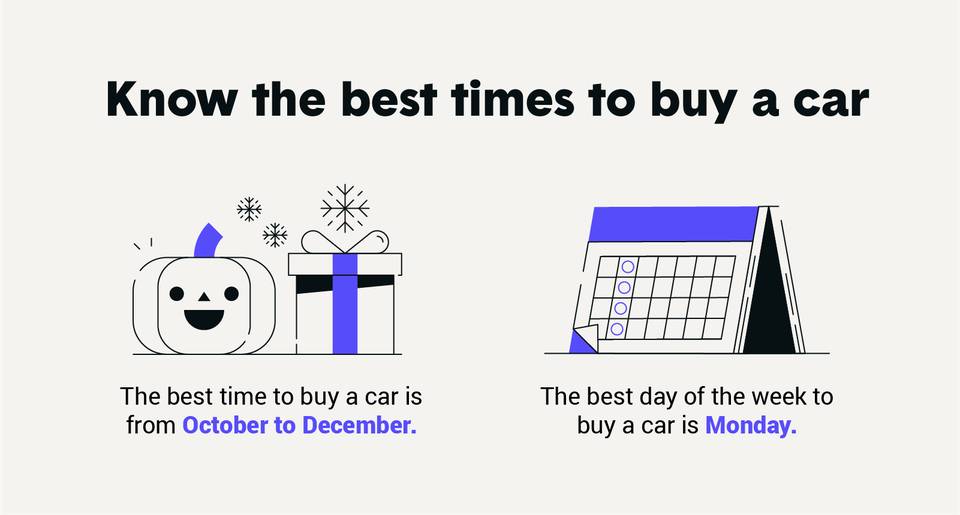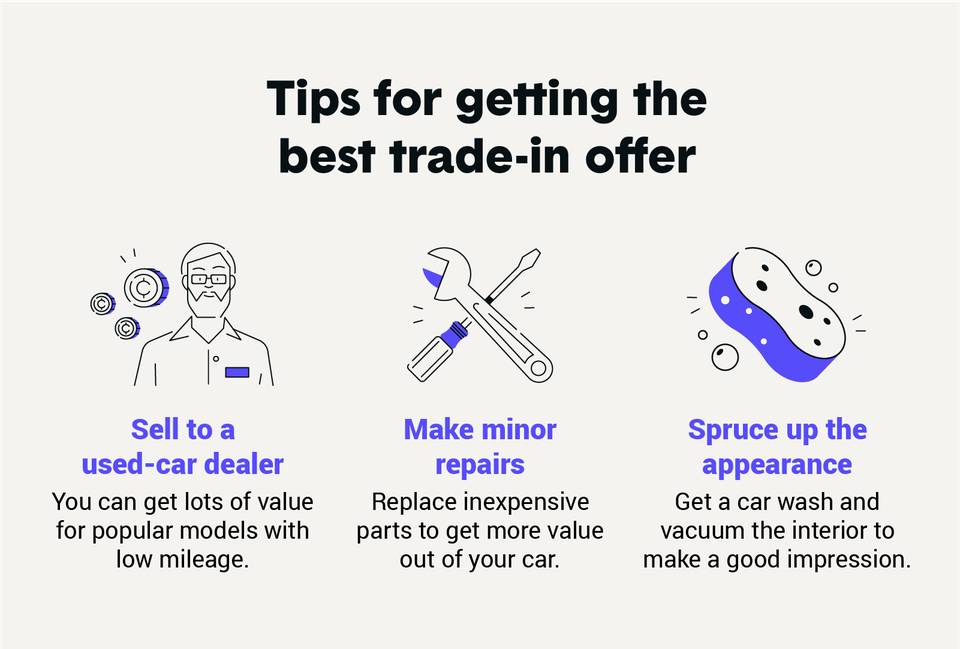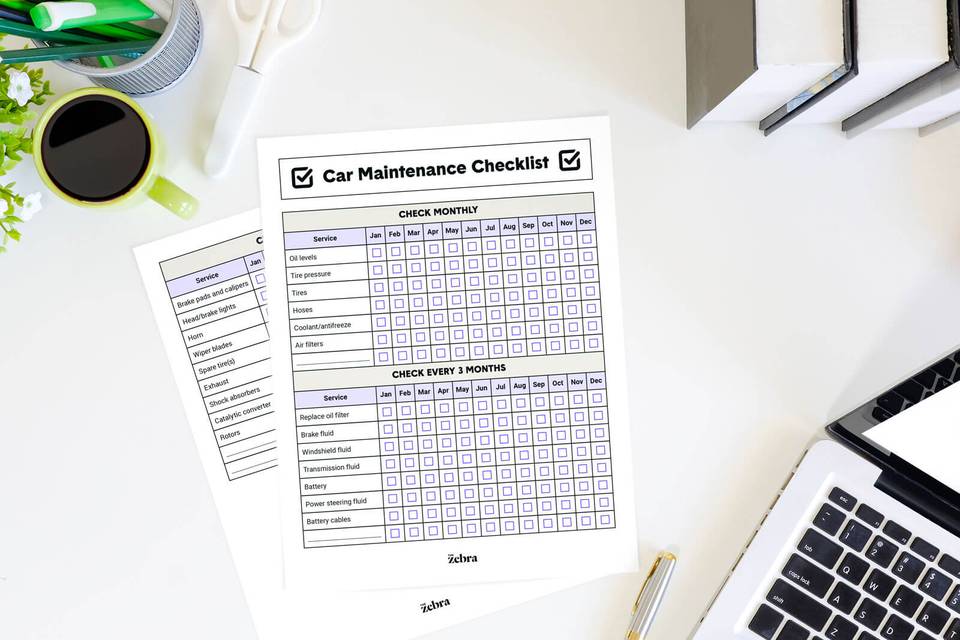Buying a car is an exciting yet daunting experience for many Americans. Whether it’s your first time purchasing or you’re trading in for an upgraded model, everyone’s experience is different. Depending on your goals, the car-buying process can happen over the course of months or you can be jingling your new keys in just an afternoon. To help you successfully navigate the path to car ownership, we’ve broken down how to buy a car in 17 steps.
Whether you’re doing research on your options or comparing car insurance rates, feel free to use this post as your guide. If you’re ready to buy today, check out our printable car-buying checklists below, so you can take our tips to the dealership or print them out as you shop online.






